Risk factors associated with needlestick injury in healthcare
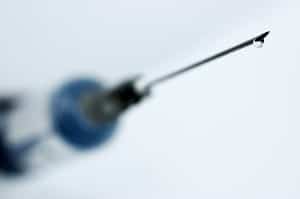
“Preventive measures including education programs can reduce the burden of NSI among healthcare personnel” Hassanipour et al (2021).
Awareness and education reduce the incidence of needlestick injuries
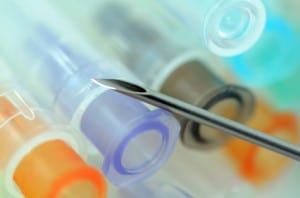
“NSSIs were significantly less likely to occur in HCWs who were aware of safe injection and sharp disposal policies” Sabaa et al (2021).
Needlestick Injuries associated with COVID-19 vaccinations – Full Text
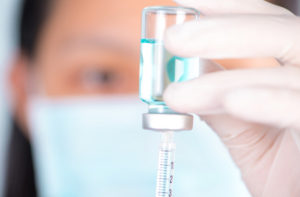
“Roll out COVID-19 vaccination programs, while maintaining careful focus on preventing sharps injuries and blood exposure” Persaud and Mitchell (2021).
Prevalence and incidence of underreporting of needlestick injuries

“We investigated the prevalence and characteristics of needles and sharps injuries and underreporting among hospital workers from different sectors” Bahat et al (2021).
Study reviews trends in needlestick and other sharps injuries
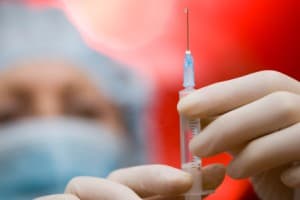
“This cohort study reviews trends in all needlestick and other sharps injuries among resident physicians” Ugonabo et al (2021).
Workflow modifications to expedite care after needlestick injuries
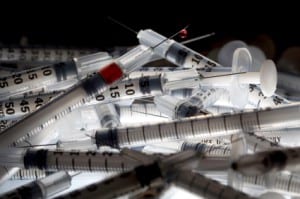
“This simple intervention may improve HCWs’ physical and psychological health during a traumatic time” Smith et al (2021).
Needlestick and sharp injuries among nurses working in Ethiopia
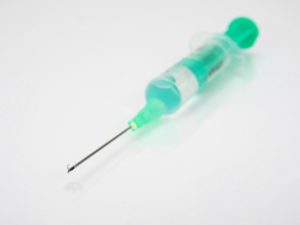
“The objective of this study was to assess the magnitude and determinants of needlestick and/or sharp injuries among nurses working at Tikur Anbessa Specialized Hospital, Addis Ababa, Ethiopia, 2018” Liyew et al (2020).
Needlestick and sharps injuries in an Indonesian hospital – Full Text

“We aim to provide incidence and other epidemiological aspects of needlestick and sharp injuries (NSSIs) among HCWs in a tertiary teaching hospital in Indonesia” Yunihastuti et al (2020).
Needlestick injury in developing countries – Full Text
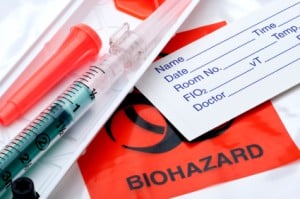
“The review indicated that NSIs have been identified as one of the most serious issues that affect the health and well-being of healthcare workers” Mengistu and Tolera (2020).
Needlestick injury involving safety-engineered devices – Full Text
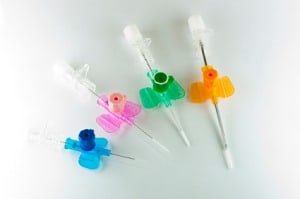
“NSIs during disposal accounted for 29.2% of total NSIs, of which 36.1% were associated with SEDs” Dulon et al (2020).
Reducing the risk of needlestick injuries – Full Text
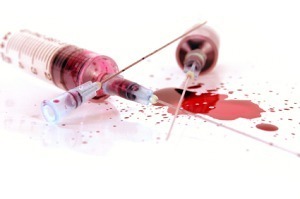
“The most important organisms that can be acquired after a needlestick injury include HIV, hepatitis B and hepatitis C” King et al (2020).
Sharps disposal compliance during a pandemic – Full Text

“It is necessary to audit sharps management regularly to accurately assess practice and prevent exposure to BBDs” Hussain et al (2020).
Prevalence of needlesticks and sharp injuries North East Ethiopia – Full Text

“This study showed that three-quarters of the study subjects were exposed to needlestick injury at least once in the past year. Needle recapping practice and working room were associated with needlestick and sharp injuries” Getie et al (2020).
What is the risk of needlestick injury from an insulin pen
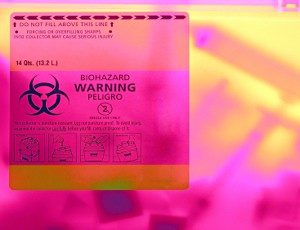
“Recapping needles after injection showed the highest risk for stick injury with an insulin pen. Nurses in the surgery department and those with longer work histories were more likely to be injured” Zhang et al (2020).
Blood and body fluids exposure of healthcare workers in Italy

“The study focused on assessing the exposure frequency and factors related to biological injuries among healthcare workers in a teaching hospital in Palermo, Italy” Maida et al (2020).
Needlestick injury among nurses working in Ethiopia – Full Text

“Out of 297 nurses who participated in the study, 100 (33.7%) had encountered needlestick and sharp injury in the past 12 months” Abadiga et al (2020).
Predicting needlestick and sharps injuries in nursing students – Full Text
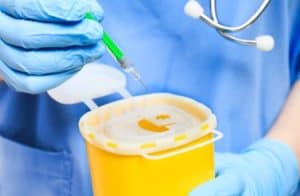
“To develop an instrument to investigate knowledge and predictive factors of needlestick and sharps injuries (NSIs) in nursing students during clinical placements” Bagnasco et al (2020).
Factors contributing to needle stick injuries among new registered nurses

“Avoidable practices such as non-adherence to standard precautions while using hypodermic needles contributed to NSIs” Kwanzaa et al (2020).
Risk factors for HIV transmission among medical students
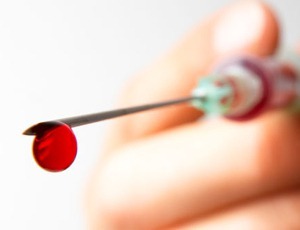
“It is important to more actively popularize HIV testing in students, explain risk factors of HIV transmission, and to a organize needlestick injury prevention and control program” Chernyshov (2020).
The role of safety-engineered devices in needlestick injury prevention
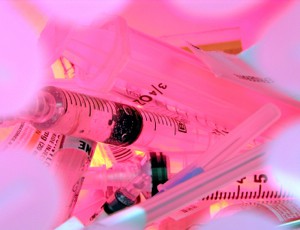
“Despite growth in academic and clinical interest for NSI prevention, a global report identified that approximately 3 million healthcare workers have suffered percutaneous exposure to blood-borne pathogens” Jackson et al (2020).
Compartment infection secondary to needlestick injury

“This case describes a 69-year-old farmer who accidentally injected his forearm while vaccinating cattle, resulting in a flexor compartment infection” Reasoner et al (2020).
Medication errors and needlestick injury exposure to student nurses
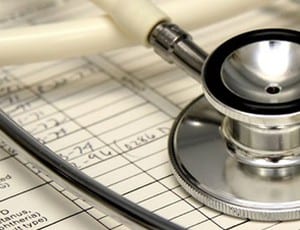
“Nursing students are subject to clinical safety-related events during their practices, mostly concerning medication errors and sharps and needlestick injuries” García-Gámez et al (2020).
Using purchase data to determine the incidence of sharps injuries
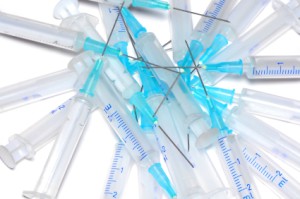
“This study demonstrated the use of purchase data to determine the incidence of sharps injuries in a major tertiary referral hospital in Australia” Wong et al (2020).
Review of global research associated with needlestick injuries

“We used the New Quality and Quantity Indices in Science platform to analyze global NSI research (n = 2987 articles) over the past 115 years” Groneberg et al (2020).
Review of occupational exposure to HIV among nurses

“One out of every nine nurses had occupational exposure to HIV at a major tertiary hospital with poor reporting and utilization of post-exposure prophylaxis” Kabotho and Chivese (2020).
Have legislative interventions impacted the incidence of needlestick injuries?

“The aim of this study was to examine the impact the EU Directive for the Prevention of Sharps injuries had on the incidence of needlestick injuries (NSI) in Ireland” O’Sullivan and Gallagher (2020).
Needlestick-associated rocky mountain spotted fever in Brazil

“We report a fatal case of Rocky Mountain spotted fever (RMSF) in a man in Brazil without recent history of tick bites or environmental exposure” Vilges de Oliveira et al (2020).
Review of sharp injuries among healthcare workers – CE activity

“This study aimed to examine the proportion of needle stick and sharp injuries (NSSIs) among healthcare workers at King Hussein Medical Center (KHMC), Amman, Jordan” Saadeh et al (2020).
Economic burden of needlestick injuries among healthcare workers in China

“The economic burden of NSIs among HCWs in China is substantial. Comprehensive NSI prevention programs, including implementation of safety needles and devices, have high potential for healthcare institutions to achieve downstream cost savings and cost offsets” Zhang et al (2020).
Nursing student experiences with needlestick injuries

“Nursing students are at increased risk of needlestick injury (NSI) due to limited clinical experience and underdeveloped skills” Black Thomas (2020).

